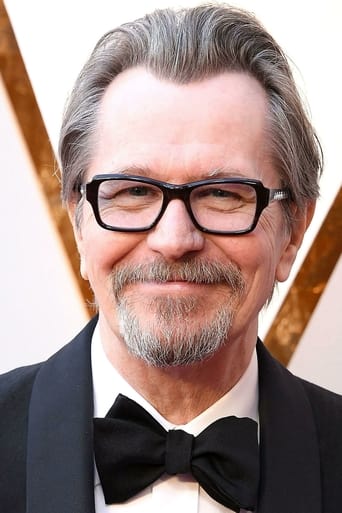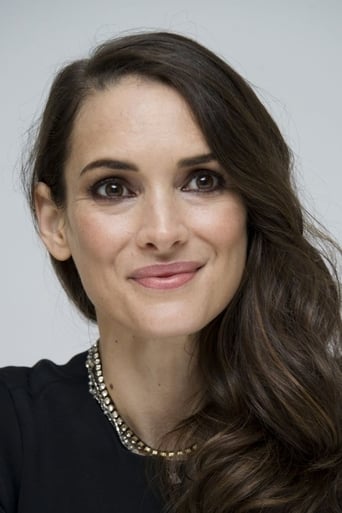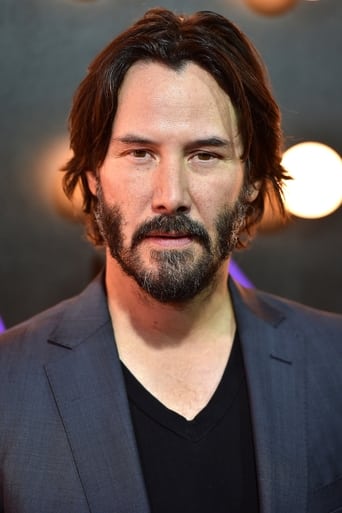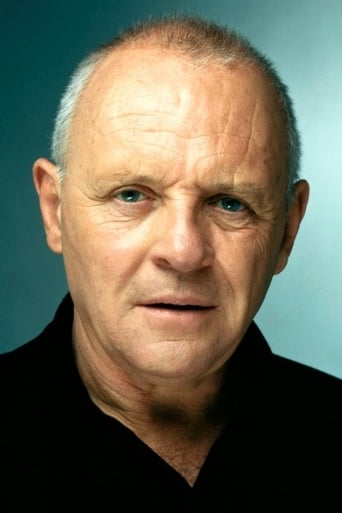Cineanalyst
Claiming this to be "Bram Stoker's Dracula," a faithful adaptation of the novel, director Francis Ford Coppola and writer James Hart must've been banking on spectators not reading the book, because Bram Stoker's Dracula it's not. Although the gall of such claims is insulting, unfaithfulness to the book isn't necessarily problematic. Having seen a bunch of Dracula movies since reading the novel, I'd probably agree with others that the 1977 TV-movie "Count Dracula" is the most "faithful" screen adaptation; it's also not especially good. Far better to interpret one or a few major themes, or to create your own, than to slavishly render another story's details. That said, Coppola's "Dracula" does include many of Stoker's details, as well as material from prior Dracula films and even adds a few things itself, but its main concept or reinterpretation of the story is stupid. They made the Gothic horror novel into a reincarnation romance, and even that is unoriginal (it's lifted from the 1974 TV movie of the same name). Nevertheless, the excessive style and sometimes-brisk pacing helps adapt and update the long-winded Victorian-age novel to postmodern cinema. It also brings the story's sex to the forefront, and the inclusion of the invention of film is apt.In the novel, Van Helsing only briefly suggests that Dracula could be the historical Vlad the Impaler, and Stoker was only partially inspired by the historical figure--not even researching him enough to locate Dracula in his real country of Wallachia instead of Transylvania. Never mind, movies like this one have blown this connection up beyond any resemblance to Stoker's fiction or Vlad's historicity. Here, Vlad's fictional wife is tricked into suicide, and Vlad renounces God in an outlandish scene of sacrilege, which says more about the filmmakers turning away from the faith in Stoker's book than it does about the character of Dracula. In the rest of the film, after all, crucifixes are easily dispensed with by the vampires, and only Van Helsing makes a few passing references to the holy war that consumed Stoker's verbiage. Fair enough, this is hardly the first irreligious Dracula movie.Gary Oldman's Transylvanian Count, with wig and playful shadow, is ripe for parody, and, indeed, he inspires some of the best gags in Mel Brooks's "Dracula: Dead and Loving It" (1995). The make-up and visual-effects crews did a bang-up job with the gross-out views of a weird, non-Stoker variety of Dracula's transformations: from ancient undead, to cocoon state, to sex-crazed werewolf, to plain-ole wolf, to ugly melting-face crybaby, to giant batman, to rats. The very-non-Stoker, good-looking Dracula is different. He's not sociable enough to be in the Bela Lugosi suave-vampire tradition; he's more of a flaneur or dandy type, with the top hat and sunglasses, lurking about crowds and being a force of surveillance. Oldman mumbles and slurs his lines ("the children of the night" one was particularly flubbed), but, at least, he seems to have attempted an accent, which is more than can be said of the rest of the cast. For a story mostly set in England, its most-prominent British stars (Oldman and Anthony Hopkins) play the leading foreigners, while two North Americans (Winona Ryder and Keanu Reeves) play the lead English characters. At this rate, they should've got a Continental European to play the Texan Quincy. And musician Tom Waits must be a reference to the film's music-video stylization; otherwise, his Renfield is pointless, and his metal gloves and the box-cage helmets for the asylum guards are just bizarre.While Dracula is ruined by turning into a sympathetic, reluctant, lovesick crybaby of a vampire, Van Helsing is made more fun this time by turning more devilish. He's a "sick old buzzard," as Quincy quips, after he humps Quincy's leg while remaking on the late Lucy's wantonness. For Mina, Van Helsing eyeballs her up and down, sniffs her and forces her to dance with him upon first meeting; later, he's eager to have sex with her before the vampirism gets in the way. I'm all for this interpretation of the Dutch doctor. His lecture in his first scene on syphilis also exposes the vampirism-as-venereal-disease subtext of Stoker's tale and casts this adaptation as a sexual struggle, in addition to the regrettable reincarnation romance.Lucy's the whore; Mina's the Madonna--at least in Dracula's eyes. For all its sex, like most Dracula movies, this one is more regressive in its depiction of women than Stoker's 19th-Century novel. Whereas Mina was the primary hero for Stoker and his surrogate storyteller--compiling the diary entries, journals, letters, etc., that comprised the book's epistolary structure--, here, she spies for the vampire (same thing happened in the sexist 1979 "Dracula"). In one of the vestigial devices carried over from the book's narration to this film, the last journal voiceover is that of Jonathan, not Mina. Meanwhile, Mina's struggle with unfaithfulness is summarized in her horrendous love scene with Drac, where she hits him for murdering Lucy, which, then, cuts to Van Helsing and the boys burning stuff, before cutting back to Mina now, laughably, pawing Drac and begging him to do her.That they display the early-cinema show complete with stag films, a train film on a loop, battle-scene puppetry and a poster for a passion play picture also speaks to the film's incongruity. Ditto the early-cinema-styled shot earlier, which renders people's movements overly jerky. Oddly, Dracula is the one who praises the science of cinema, whereas Mina mocks it. This figures with the rest of the filmmakers' mishandling of Stoker's novel. Stoker's ancient Dracula was defeated because the humans used then-new technologies, including blood transfusions and trains, which this film keeps, and Mina's typewriter, which is just a prop here. Adding cinema to the list of new technologies was apt, especially for a screen adaptation, but making it the province of a shades-wearing vamp is to misunderstand the source.Stylistically, this Dracula is all over the place, too, but, at least, the pure excess, the sometimes-frenzied cutting and swinging camerawork keep the pacing brisk, as though the filmmakers themselves ingested some of Dracula's absinthe or Seward's morphine. I prefer it to the romance, which tends to grind the plot to a halt. Take the ending, where we must endure strung-out testaments of love between Mina and the dying Dracula. "Our love is stronger than death," Mina bellows, as I barf. Seriously, why must so many Hollywood movies reduce everything to their infantile notions of love?(Mirror Note: Dracula's non-reflection in Harker's shaving mirror is standard, but his lack of one from a storefront window, as he stalks Mina, is a rare touch of subtlety.)
Tweetienator
A fantastic cast, a fantastic director, a fantastic story. Coppola's Dracula is for me one of the best versions of Bram Stoker's bloodthirsty antihero, the Count Dracula - the imagery of the movie is just magic and true to its bone "gothic" and I dare to say that Bram Stoker would be very pleased by this adaption: as Dracula is a Gothic horror novel the movie is a Gothic horror movie.Last but not least, the whole cast is just well picked: Gary Oldman, Anthony Hopkins, Winona Ryder, Keanu Reeves and even the actors of the minor roles just play superbly.Bram Stokers Dracula, Interview with a Vampire, Byzantium, Let me in (both), and Polański's The Fearless Vampire Killers (I know its a comedy) are some of my most favorite vampire movies ever. But this one for sure is a classic of modern movie-making with a unique visual imagery - a movie worth your time, like contemplating a painting of one of the old maestros.



















